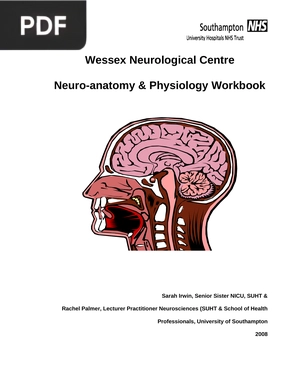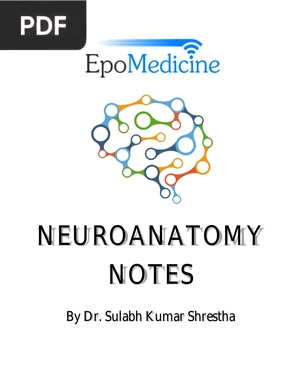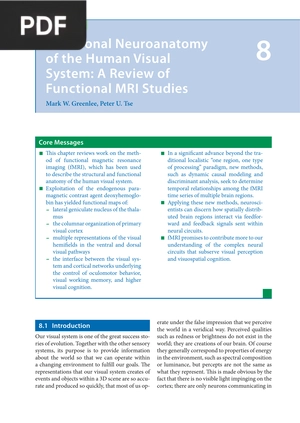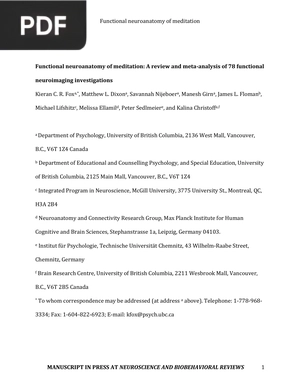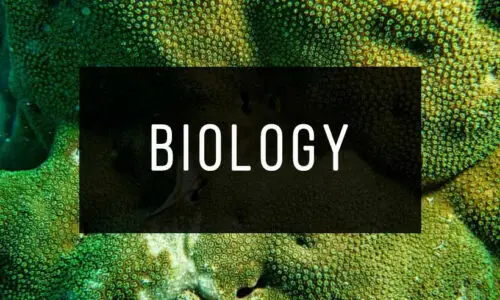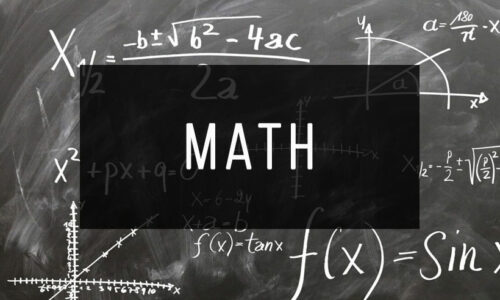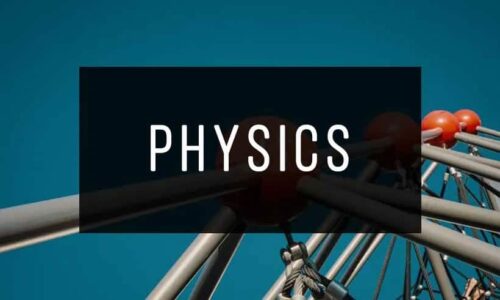Anatomy And Neurobiology Of Pain
Author: Ruth Werner, Geoffrey M Bove
*Wait a few seconds for the document to load, the time may vary depending on your internet connection. If you prefer, you can download the file by clicking on the link below.
Information
Description: Anatomy And Neurobiology Of Pain by Ruth Werner, Geoffrey M Bove provides a concise overview of the neuroanatomical pathways involved in pain perception, including nociceptors and central sensitization. It explores how manual therapies can address chronic pain, making it a valuable resource for understanding pain mechanisms.
Pages: 23
Megabytes: 0.54 MB
This may interest you
Wessex Neurological Centre Neuro-Anatomy and Physiology Workbook
Extension: PDF | 36 pages
Wessex Neurological Centre Neuro-Anatomy and Physiology Workbook por Sarah Irwin, Rachel Palmer is a comprehensive guide to understanding the human nervous system's structure and function. Explore key neuroanatomical concepts and physiological processes through clear explanations and practical exercises.
Neuroanatomy Notes
Extension: PDF | 94 pages
Neuroanatomy Notes por Sulabh Kumar Shrestha provides concise diagrams and explanations of key neuroanatomical structures. This PDF simplifies complex concepts, making it an excellent resource for students and professionals seeking a quick review.
Functional Neuroanatomy of the Human Visual System: A Review of Functional MRI Studies
Extension: PDF | 20 pages
Functional Neuroanatomy of the Human Visual System: A Review of Functional MRI Studies by Mark W. Greenlee, Peter U. Tse provides an overview of fMRI studies mapping the human visual system. It's a valuable resource for understanding how fMRI reveals structural and functional anatomy, including retinotopic organization and cortical areas.
Functional Neuroanatomy of Meditation
Extension: PDF | 117 pages
Functional Neuroanatomy of Meditation by Kieran C R Foxa, Matthew L Dixona, Savannah Nijeboer provides a comprehensive meta-analysis of functional neuroimaging studies on meditation, identifying brain activation patterns across different meditation styles. It offers valuable insights into the neural basis of meditation practices, appealing to those interested in the intersection of neuroscience and contemplative traditions.
Causality in Cognitive Neuroscience: Concepts, Challenges, and Distributional Robustness
Extension: PDF | 38 pages
Causality in Cognitive Neuroscience by Weichwald & Peters reviews the concepts and challenges of inferring causal relationships in cognitive neuroscience, advocating for distributional robustness. This PDF highlights the importance of causal models for understanding cognitive functions and suggests methods for addressing the scarcity of interventional data.


